Last chance to see: Devon Turnbull’s ‘HiFi Listening Room Dream No. 1’ at Lisson Gallery, London
Devon Turnbull/OJAS’ handmade sound system matches minimalist aesthetics with a profound audiophonic experience – he tells us more

Devon Turnbull, aka OJAS, pioneer of handmade, high-fidelity home-audio equipment, has taken over Lisson Gallery in London with ‘HiFi Listening Room Dream No. 1’. Featuring a wall of brutalist speakers, a turntable, a series of amplifiers and seats typically reserved for meditation, this site-specific acoustic setting, in a purpose-built space at 27 Bell Street, offers a free, drop-in experience, to come and listen to music of the highest quality on the best audiophile system around.

Installation view, ‘Devon Turnbull: HiFi Listening Room Dream No.1 and other works’ at Lisson Gallery, London
Turnbull’s imposing monolithic speakers have acquired an iconic status, becoming a must-have for those in the know, spied in homes of the likes of Mark Ronson or Daniel Arsham in candid social clips, evoking a simple yet gentle brutalism at Virgil Abloh’s ‘Figures of Speech’ exhibition, as well as delivering the countercultural vibes at the stores of fashion retailers Sense and Supreme.
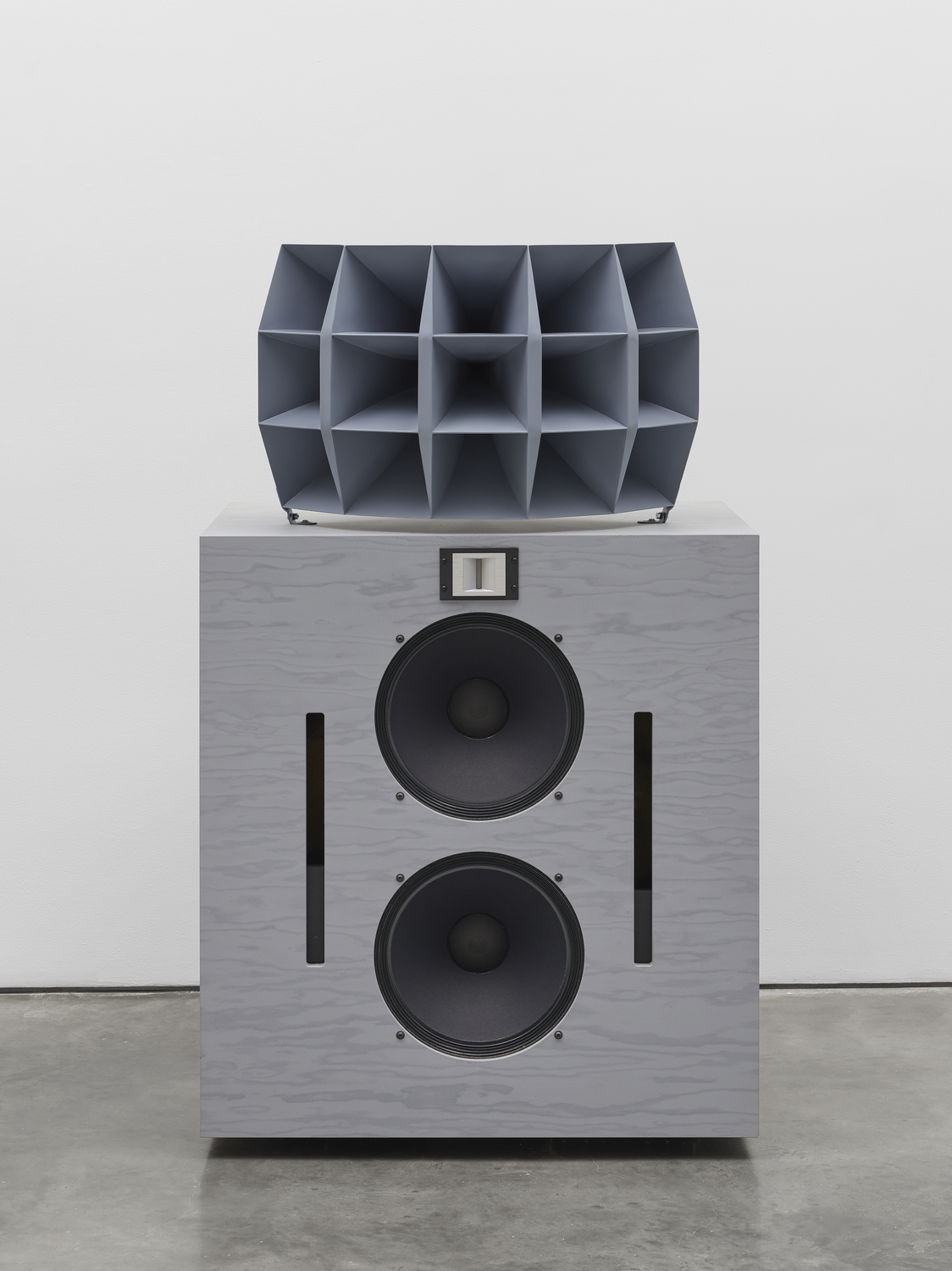
Devon Turnbull (OJAS), HiFi Pursuit Listening Room Dream No. 1, 2022. Detail; Alnico, steel, aluminum and beryllium speakers, autoformer based crossover, lacquered cotton covered copper speaker wire, handmade tube amplifier, autoformer volume control, handmade phono pre amplifier, turntable, vintage Ortofon SPU phono cartridge
‘I think that my practice looks the same as a lot of my artist friends’, but no one would ever ask them: are you an artist or are you a designer?’ he muses. The Lisson Gallery exhibition is an exercise in the art of listening. The audiophile’s show has had visitors in tears, some of them staying seven hours, many returning several times a week to simply be present with the music. To lose themselves in the exquisite sonic clarity the ‘Listening Room’ holds.
‘What I do is much more difficult than just making an artwork, right?’ Turnbull says. ‘The thing [doesn't just have to] look perfect. Without turning it on, you could walk in and say: oh, OK, this is awesome. But if it doesn't work perfectly, it all falls apart.’ With muted colours, soft carpets, and comfortable lounging, though just off bustling Edgware Road, the space feels engineered for you to switch off – unsurprisingly, Turnbull’s own upbringing in a Transcendental Meditation community influenced his design of the experience.
He is often found playing recordings from his own collection or chatting freely with those in attendance at the exhibition, between LPs, listening parties and the live jazz performances in the space, creating a real sense of communality and openness.
Ahead of some eagerly anticipated sessions celebrating iconic Blue Note recordings played on original reel-to-reel tapes, from artists like Herbie Hancock and John Coltrane, the American speaker-sculptor and artist sat down with Wallpaper*.
Devon Turnbull / OJAS on the art of enjoying audio
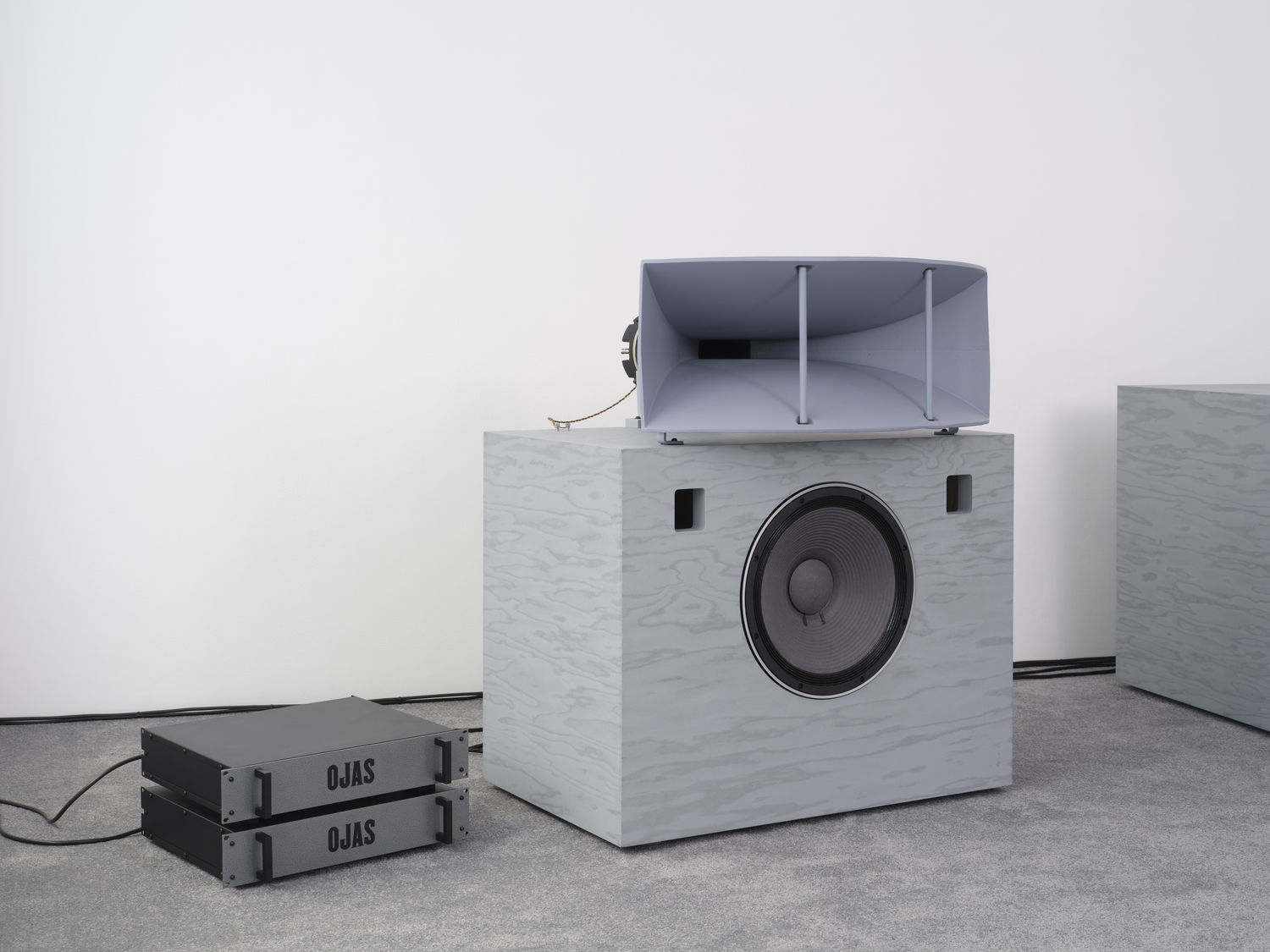
Devon Turnbull (OJAS), Super natural #1, 2023. Speaker cabinets, TAD TD-4001 driver, steel horns, hardware edition of three
Wallpaper*: As a musician, I really appreciated being able to sit in a room and experience music in its ‘purest’ form.
Receive our daily digest of inspiration, escapism and design stories from around the world direct to your inbox.
Devon Turnbull: For me, the final end product – the mastered album – is really the masterpiece. It's the most perfected version of the artist’s vision when they make a musical work. It’s surprising that this doesn’t just exist in every museum: a space where you can appreciate recorded music artworks. I’m very careful, though, to tell people that I’m not a conceptual artist: the work that you see in the gallery, and what you listen to, is the product of 20 years of work. The technical side of it is a very deep, long journey. But at the same time, there is a conceptual side that seems to really resonate with people.
W*: Why do you think it resonates so much at the moment?
DT: One reason is that the consumer electronics industry has really dumbed down. High-end audio has become a very small fringe market. It’s crazy to me, but a lot of people in their thirties seem to have almost no experience of listening to a properly set up stereo reproduction system. The experience of three-dimensional sound is kind of a new experience to them. I went through a similar journey back in the early 2000s, when the first iPod came out: back then, the only way to put music on an iPod was to rip CDs to low-quality mp3 files. As a culture, we went through a period of audio quality degradation, followed by listening to music more passively. Now you discover music through some algorithm, and it just plays, but you don't sit down and listen to it and emotionally connect with it. I found that the music I was listening to changed as well; it became more like catchy background pop music as opposed to really great classical music performances or jazz.

Installation view of ‘Devon Turnbull: HiFi Listening Room Dream No.1 and other works’ at Lisson Gallery, London
W*: Music that challenges you a bit perhaps asks you to be more of a participant.
DT: That's true, [it] requires some deeper thought and analysis in order to be appreciated. That just doesn't happen with the AirPods on the go. In the ‘Listening Room’, I see people have this very deep emotional response a lot of the time. It’s not uncommon to see people crying; I think some people have that response to really powerful music. But other people have mentioned to me that they also were just struck by sadness, because they realise that they've been missing out on this really valuable experience. A lot of people just said: ‘It's not even about the equipment at that point, it’s more, why don't I just sit down and listen?’
W*: It's like an act of being present, Zen-vibes. Do you draw inspiration from that side of Japanese culture besides audio?
DT: My main inspiration from Japanese audio culture is technological, like the way they design and pair high-efficiency speakers with low-power tube amps. But certainly, they also are very good at listening. In the past few years, people have been wanting to recreate Japanese listening bars – jazz kissas – but in my opinion, it hasn’t been successful, because I’ve yet to visit one where people don’t socialise. In Japan, you walk in, and no one is talking to each other. They're just sitting and listening. I don't think that that's achievable in the Western world because people aren’t very comfortable doing that. I think that one of the most satisfying accomplishments of doing these gallery shows is that we manage to create an environment where people walk in, and they just sit and they listen.
‘Devon Turnbull: HiFi Listening Room Dream No.1 and other works’ is at at Lisson Gallery, London, until 26 August 2023, lissongallery.com
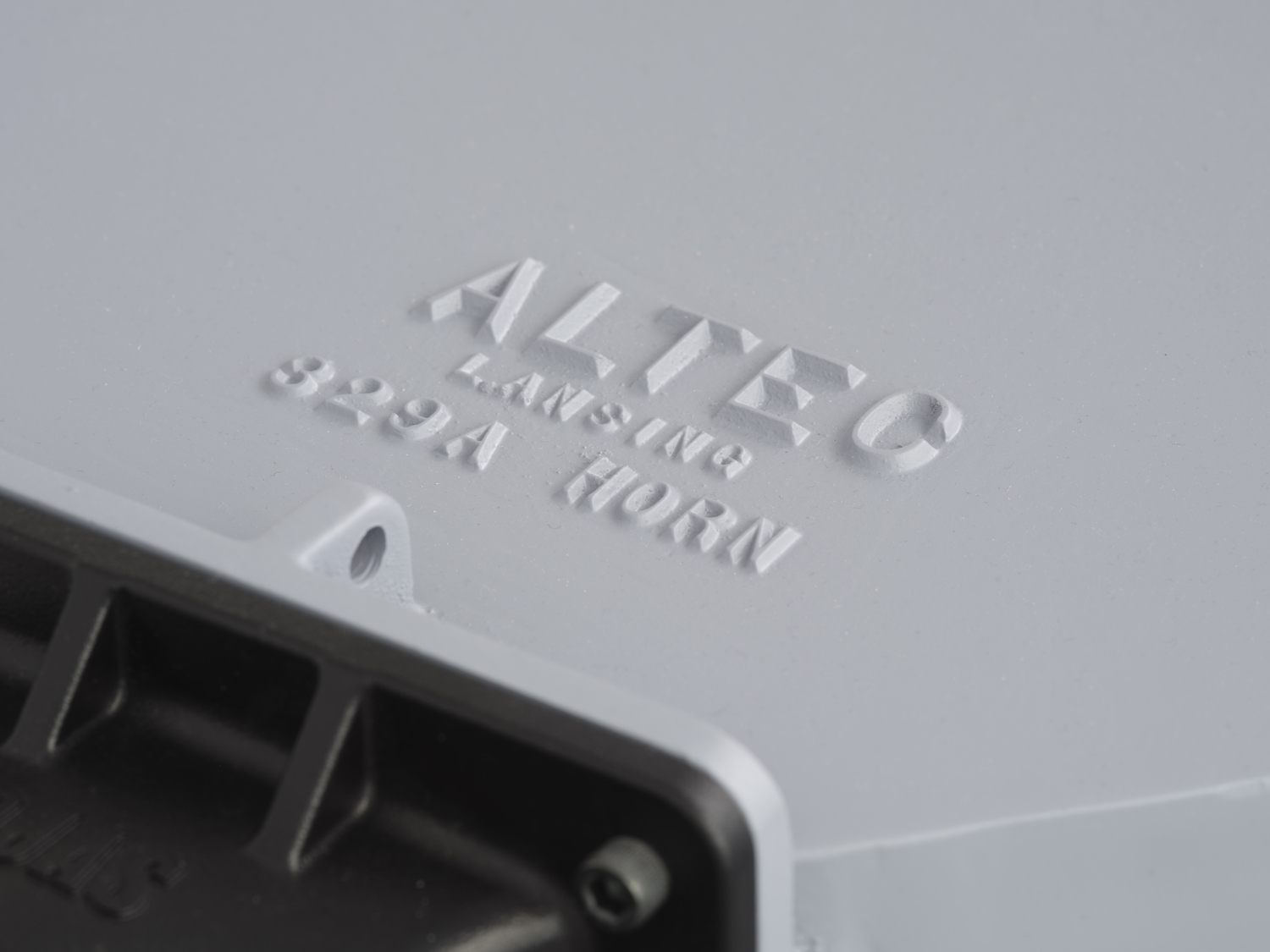
Installation view of ‘Devon Turnbull: HiFi Listening Room Dream No.1 and other works’ at Lisson Gallery, London
Jorinde Croese is a London-based writer and musician. She's been an editor at 1 Granary since 2013 and at System Magazine since 2018. Her work frequently explores the intersection between fashion, art and design, with a deep understanding of emerging talent and established industry figures alike.
-
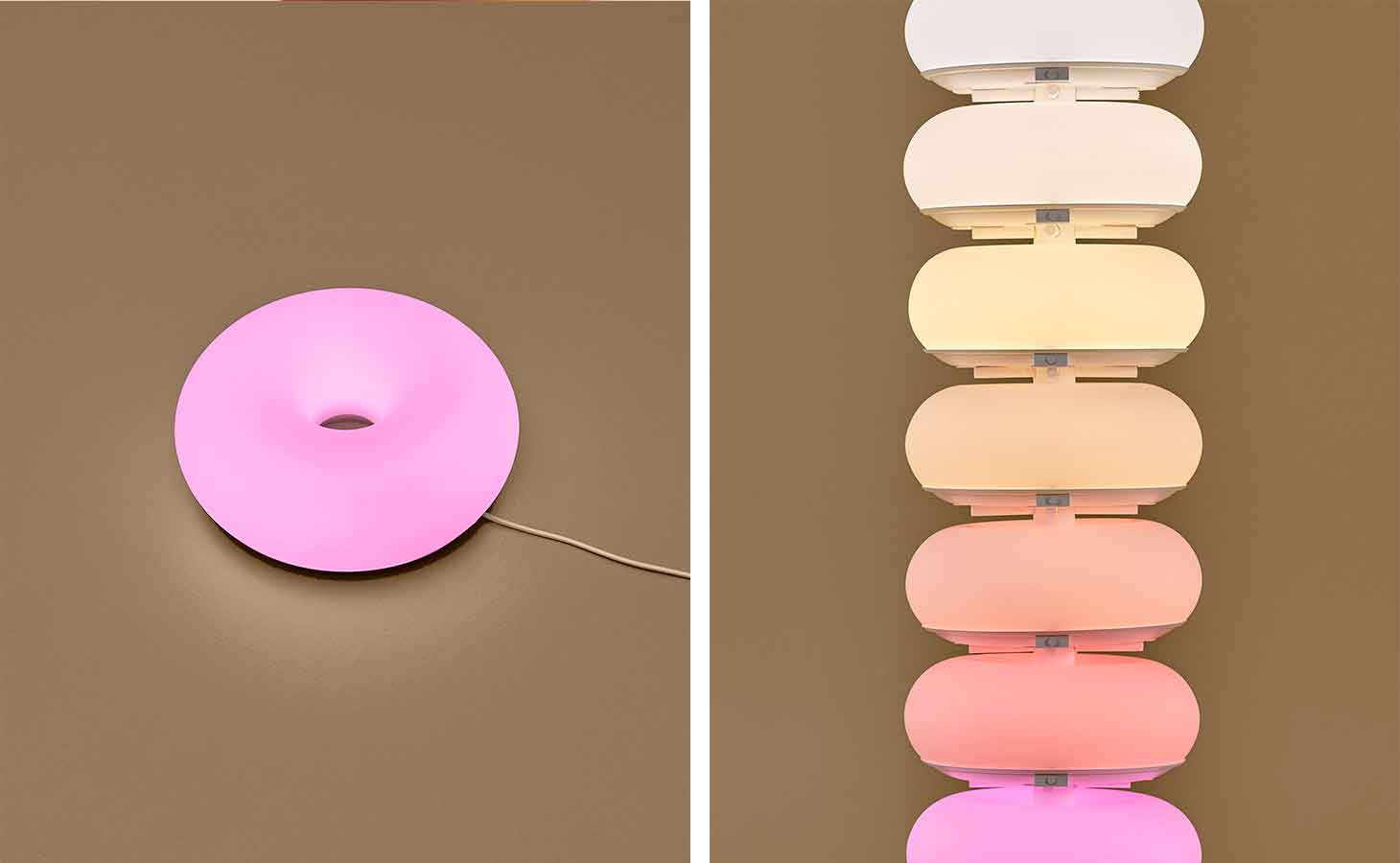 Sabine Marcelis has revisited her Ikea lamp and it’s a colourful marvel
Sabine Marcelis has revisited her Ikea lamp and it’s a colourful marvelSabine Marcelis’ ‘Varmblixt’ lamp for Ikea returns in a new colourful, high-tech guise
-
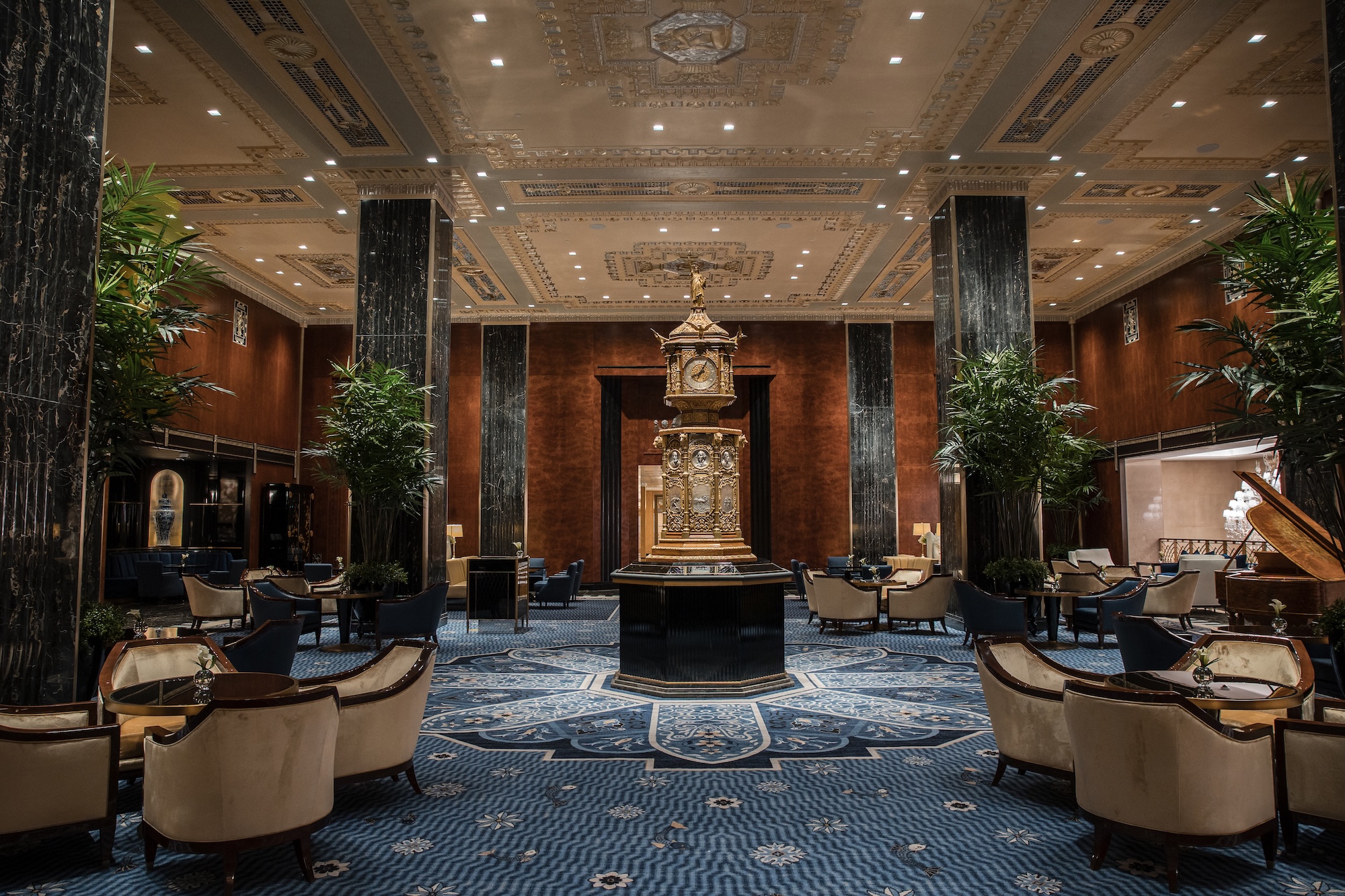 Is the Waldorf Astoria New York the ‘greatest of them all’? Here’s our review
Is the Waldorf Astoria New York the ‘greatest of them all’? Here’s our reviewAfter a multi-billion-dollar overhaul, New York’s legendary grand dame is back in business
-
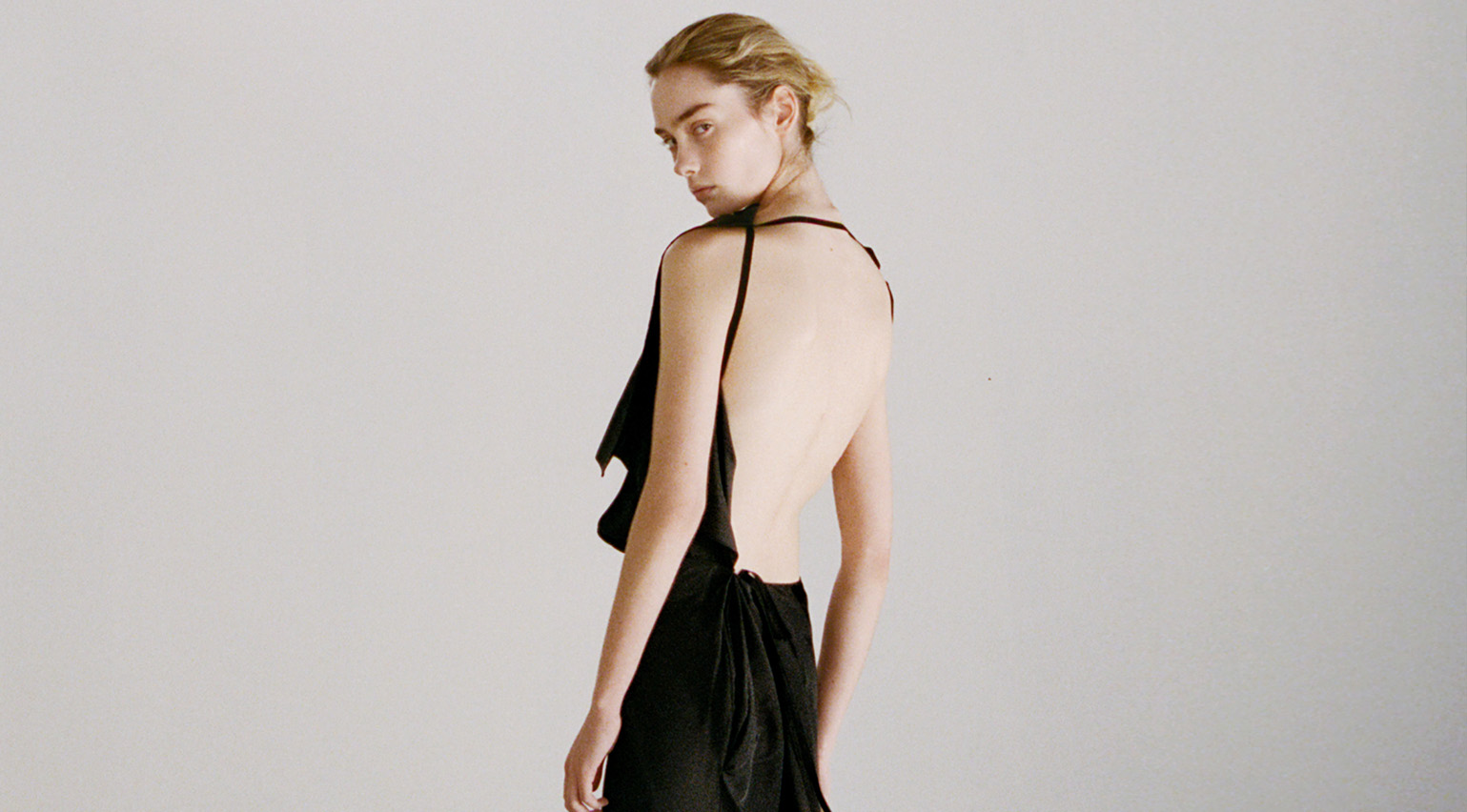 Colleen Allen’s poetic womenswear is made for the modern-day witch
Colleen Allen’s poetic womenswear is made for the modern-day witchAllen is one of New York’s brightest young fashion stars. As part of Wallpaper’s Uprising column, Orla Brennan meets the American designer to talk femininity, witchcraft and the transformative experience of dressing up
-
 Out of office: The Wallpaper* editors’ picks of the week
Out of office: The Wallpaper* editors’ picks of the week'Tis the season for eating and drinking, and the Wallpaper* team embraced it wholeheartedly this week. Elsewhere: the best spot in Milan for clothing repairs and outdoor swimming in December
-
 Out of office: The Wallpaper* editors’ picks of the week
Out of office: The Wallpaper* editors’ picks of the weekFar from slowing down for the festive season, the Wallpaper* team is in full swing, hopping from events to openings this week. Sometimes work can feel like play – and we also had time for some festive cocktails and cinematic releases
-
 The Barbican is undergoing a huge revamp. Here’s what we know
The Barbican is undergoing a huge revamp. Here’s what we knowThe Barbican Centre is set to close in June 2028 for a year as part of a huge restoration plan to future-proof the brutalist Grade II-listed site
-
 Out of office: The Wallpaper* editors’ picks of the week
Out of office: The Wallpaper* editors’ picks of the weekIt’s wet, windy and wintry and, this week, the Wallpaper* team craved moments of escape. We found it in memories of the Mediterranean, flavours of Mexico, and immersions in the worlds of music and art
-
 Each mundane object tells a story at Pace’s tribute to the everyday
Each mundane object tells a story at Pace’s tribute to the everydayIn a group exhibition, ‘Monument to the Unimportant’, artists give the seemingly insignificant – from discarded clothes to weeds in cracks – a longer look
-
 Out of office: The Wallpaper* editors’ picks of the week
Out of office: The Wallpaper* editors’ picks of the weekThis week, the Wallpaper* team had its finger on the pulse of architecture, interiors and fashion – while also scooping the latest on the Radiohead reunion and London’s buzziest pizza
-
 Out of office: The Wallpaper* editors’ picks of the week
Out of office: The Wallpaper* editors’ picks of the weekIt’s been a week of escapism: daydreams of Ghana sparked by lively local projects, glimpses of Tokyo on nostalgic film rolls, and a charming foray into the heart of Christmas as the festive season kicks off in earnest
-
 Wes Anderson at the Design Museum celebrates an obsessive attention to detail
Wes Anderson at the Design Museum celebrates an obsessive attention to detail‘Wes Anderson: The Archives’ pays tribute to the American film director’s career – expect props and puppets aplenty in this comprehensive London retrospective